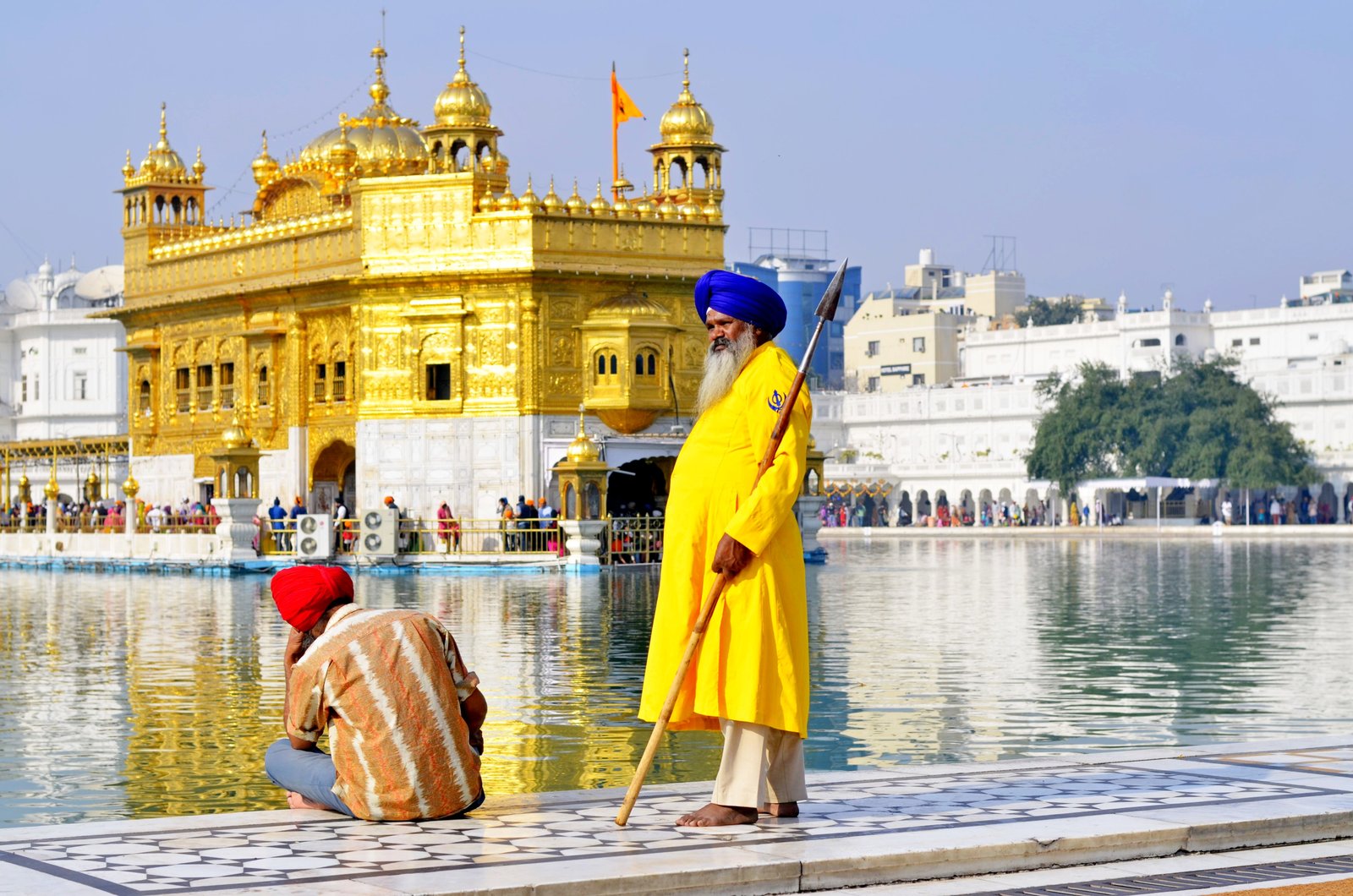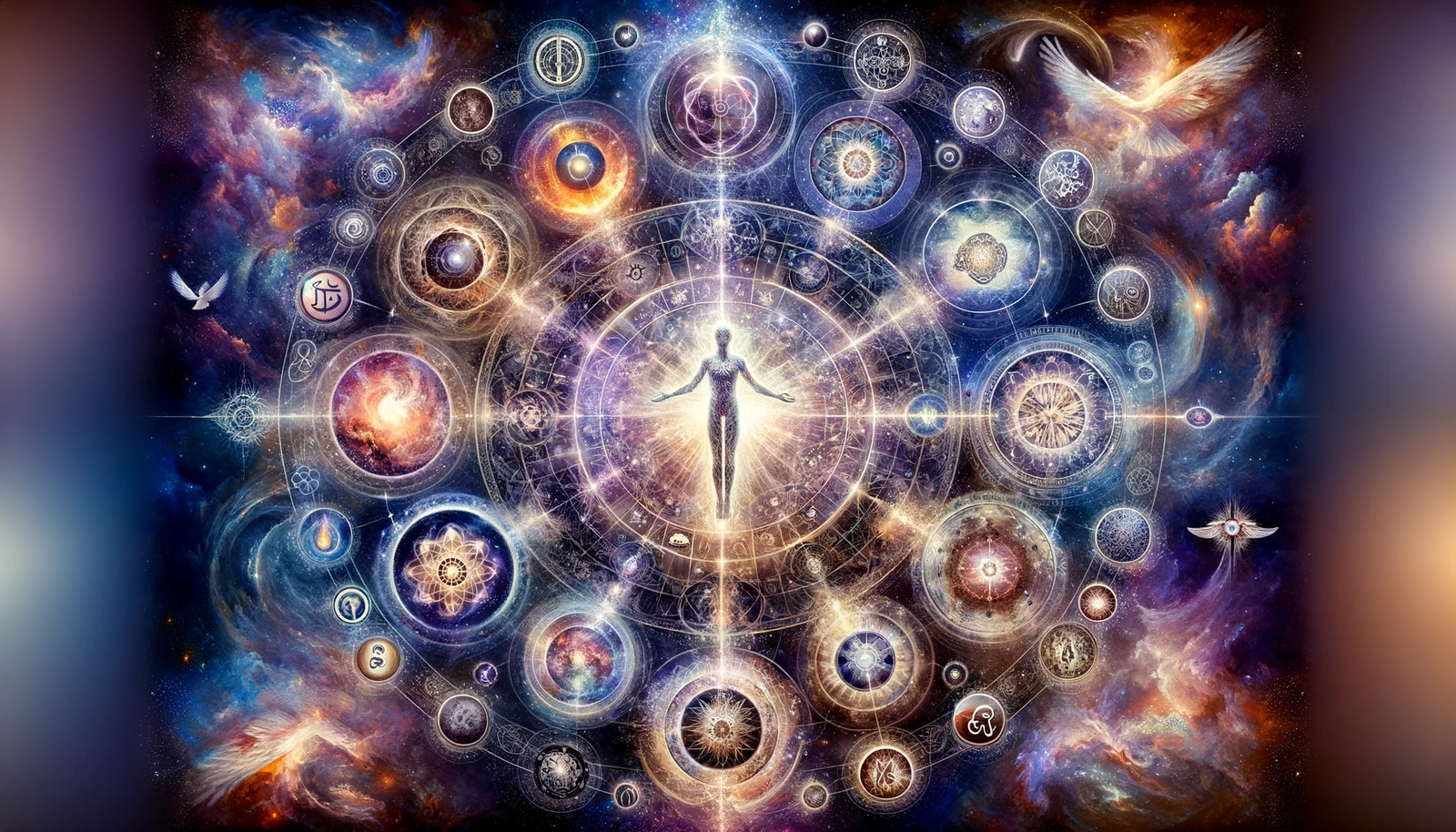10 Christmas Facts That Don’t Add Up
Christmas is a magical time of year filled with joy, laughter, and traditions. But have you ever stopped to think about some of the facts surrounding this festive holiday? In this article, we will dive into 10 Christmas facts that don’t quite add up. Get ready to question everything you thought you knew about Christmas!
The Mystery of Santa’s Sleigh
One of the most puzzling aspects of Christmas is how Santa Claus manages to deliver presents to millions of children all around the world in just one night. With billions of homes to visit, it seems impossible for Santa and his reindeer to accomplish this feat. Is there some kind of magic involved? Or is there a more logical explanation behind Santa’s sleigh?
Some theories suggest that Santa may have access to advanced technology or time travel capabilities. Others believe that Santa’s sleigh is not actually physical but rather a manifestation of the collective belief in him. Whatever the truth may be, the mystery of Santa’s sleigh continues to baffle both children and adults alike.
Despite the lack of concrete evidence, the legend of Santa Claus and his sleigh remains an integral part of the Christmas tradition. It’s a reminder of the power of imagination and the joy of giving.
The Enigma of Rudolph’s Red Nose
We all know the story of Rudolph the Red-Nosed Reindeer, but have you ever wondered why his nose is so bright? According to the song, Rudolph’s glowing nose helped guide Santa’s sleigh through foggy weather. But how is it possible for a reindeer to have a bioluminescent nose?
Scientifically speaking, it’s highly unlikely for a reindeer to possess such a unique feature. However, some experts suggest that Rudolph’s red nose could be a result of a rare genetic mutation or a condition called nasal hyperemia. Others believe that the story of Rudolph’s red nose is purely symbolic, representing the importance of embracing our differences and unique qualities.
Regardless of the origin of Rudolph’s red nose, his story has become an enduring symbol of overcoming adversity and the power of self-acceptance.
The Curious Case of the Mistletoe Tradition
It’s a well-known tradition during the holiday season to hang mistletoe and exchange kisses underneath it. But where did this tradition come from? And why is mistletoe associated with romance?
One theory suggests that the tradition of kissing under the mistletoe dates back to ancient Norse mythology. According to the legend, mistletoe was a symbol of love and peace. It was believed that anyone standing beneath the mistletoe would be granted protection and a kiss. Over time, this tradition evolved into a playful holiday custom that continues to this day.
While the origins of the mistletoe tradition may be somewhat unclear, it remains a lighthearted and fun way to spread holiday cheer and bring people closer together.
The Puzzle of the Christmas Tree
One of the most beloved symbols of Christmas is the Christmas tree. But have you ever wondered why we decorate trees during the holiday season?
The tradition of decorating trees can be traced back to ancient pagan rituals. Evergreen trees were seen as symbols of life and rebirth during the winter months. People would decorate these trees with fruits, nuts, and candles to celebrate the return of light and warmth.
Over time, the tradition of the Christmas tree was adopted by Christians and has since become a cherished part of the holiday season. Today, we decorate trees with ornaments, lights, and tinsel to create a festive atmosphere and carry on this age-old tradition.
The Mysterious Origins of Christmas Carols
Christmas carols are an integral part of the holiday season, but their origins are shrouded in mystery. How did these melodic tunes come to be associated with Christmas?
One theory suggests that the tradition of singing songs during the Christmas season can be traced back to medieval times. Carols were originally sung during pagan celebrations and were later adapted by Christians to tell the story of the birth of Jesus. These songs were often sung in churches and eventually spread to the wider community.
Today, Christmas carols are sung by people of all ages and backgrounds, bringing joy and festive spirit to the holiday season.
The Paradox of Christmas Colors
Red and green are the quintessential colors of Christmas, but have you ever wondered why these colors were chosen?
The use of red and green during the holiday season can be traced back to various cultural and religious influences. For Christians, red symbolizes the blood of Jesus, while green represents eternal life. In pagan traditions, red and green were associated with fertility and the rebirth of nature.
Regardless of their origins, the combination of red and green has become synonymous with Christmas and is used to decorate everything from Christmas trees to wrapping paper.
The Contradiction of Christmas in Different Hemispheres
Christmas is traditionally associated with snow, cozy sweaters, and warm fireplaces. But what about countries in the Southern Hemisphere where Christmas falls during the summer months?
In countries like Australia and New Zealand, Christmas is celebrated in the midst of summer. This creates a unique contradiction between traditional Christmas imagery and the reality of warm weather. Instead of snowmen and hot cocoa, people in these countries may celebrate Christmas with barbecues, beach trips, and outdoor festivities.
While the weather may be different, the spirit of Christmas remains the same, no matter which hemisphere you find yourself in.
The Riddle of Christmas Stockings
Many families hang stockings by the fireplace on Christmas Eve, hoping to find them filled with gifts and treats the next morning. But why do we hang stockings? And how did this tradition come to be?
One popular legend tells the story of a kind-hearted nobleman who had fallen on hard times. St. Nicholas, also known as Santa Claus, heard of the nobleman’s struggles and decided to help. He dropped bags of gold down the nobleman’s chimney, which happened to land in the stockings that were hung by the fireplace to dry.
Since then, hanging stockings has become a beloved Christmas tradition, symbolizing the spirit of giving and the joy of receiving surprises.
The Intrigue of Christmas Cards
Sending Christmas cards is a time-honored tradition, but have you ever wondered how it all started?
The tradition of sending Christmas cards dates back to the 19th century when the first commercially produced cards were introduced. These cards were initially seen as a convenient way to send holiday greetings to friends and family.
Today, Christmas cards come in all shapes and sizes, featuring festive designs and heartfelt messages. They serve as a way to connect with loved ones and spread holiday cheer, even in the digital age.
The Enigma of Christmas Eve
Christmas Eve is a magical night filled with anticipation and excitement. But why do we celebrate Christmas on December 24th?
The date of December 24th was chosen as the celebration of Christmas Eve due to its significance in Christian tradition. It is believed to be the night when Jesus was born, and it marks the beginning of the Christmas festivities.
Christmas Eve is a time for families to come together, exchange gifts, and enjoy a festive meal. It sets the stage for the joyous celebration of Christmas Day.
The Mystery of Christmas Traditions
Christmas is a holiday steeped in tradition, but many of these traditions have mysterious origins. From hanging stockings to singing carols, each tradition has its own unique story.
While the exact origins of these traditions may be lost to time, their meaning and significance continue to resonate with people around the world. They serve as a reminder of the power of tradition and the joy of coming together during the holiday season.
Conclusion
Christmas is a time of wonder and joy, but it’s also a time to question the things we take for granted. The 10 Christmas facts explored in this article may not add up, but they add a touch of mystery and intrigue to the holiday season. So, as you celebrate Christmas this year, take a moment to ponder the enigmas and contradictions that make this holiday truly unique.



